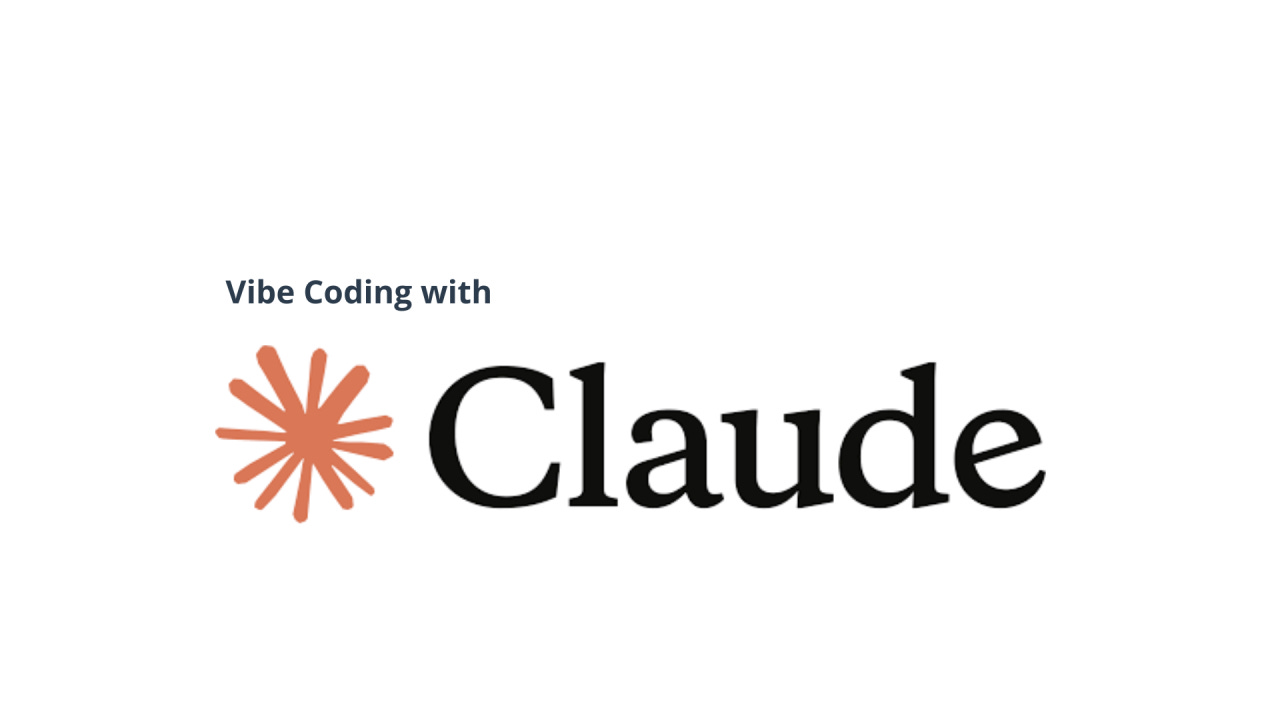From Cursor to Claude: The Real Value of AI Coding
Explore AI coding: Vibe Coding vs AI-Assisted Programming. Boost efficiency with Cursor, Claude Code, and Gemini for developers & non-coders.
"AI Disruption" Publication 6800 Subscriptions 20% Discount Offer Link.
Vibe Coding or AI-Assisted Programming
Zhang Xiaolong once said that design is about categorization. I believe writing is also a form of categorization, as it helps define and discuss problems. Therefore, before exploring AI coding, we need to distinguish between when we’re engaging in vibe coding and when we’re using AI-assisted programming.
The concept of vibe coding was first introduced by Andrej Karpathy. In just four months, it has become a well-known buzzword in the AI community: “I’m building a project or web app, but it’s not really coding—I just see stuff, say stuff, run stuff, and copy-paste stuff, and it mostly works.” Thus, vibe coding and AI-assisted programming are two entirely different focuses. The easiest way to differentiate them is by looking at what output you’re prioritizing.
The core of AI-assisted programming is to help professional developers efficiently produce high-quality, elegantly designed, and stable engineering code. The standout example is the autocompletion feature of Cursor, powered by the Fusion model.
The core of vibe coding, on the other hand, is to enable ordinary knowledge workers to efficiently complete tasks through code. The output could be a video file (whether the code calls moviepy or ffmpeg, I don’t care), a PowerPoint presentation (whether your solution generates HTML pages exported to PPT or directly uses doc2ppt doesn’t matter), or, most commonly, an HTML webpage serving as a functional carrier. In any case, the code itself is the least important part—what matters most is achieving the goal.
AI-Assisted Programming
AI-assisted programming is transforming the way software is developed, but it still has inherent limitations: restricted context length, lack of environmental awareness, and inability to handle core tasks like requirements analysis, complex architecture design, and debugging.
For professional developers, current AI-assisted programming tools primarily operate in two modes: synchronous and asynchronous. Synchronous mode requires real-time human involvement and judgment, as seen in IDE tools like Cursor and Trae. Asynchronous mode is more commonly used in DevOps, operations, and testing scenarios, such as the BugBot feature introduced in Cursor 1.0.
General-purpose AI agents are not yet practical and are better suited for specific audiences (e.g., those enthusiastic about vibe coding). In contrast, vertical agents focused on specific stages of the software development lifecycle offer more opportunities. The core capabilities of AI programming are evolving in two directions: first, improving problem-solving abilities, with models like o3 approaching the level of top-tier programmers; second, enhancing task execution capabilities, as exemplified by tools like Claude Code, which represent fully autonomous execution.


